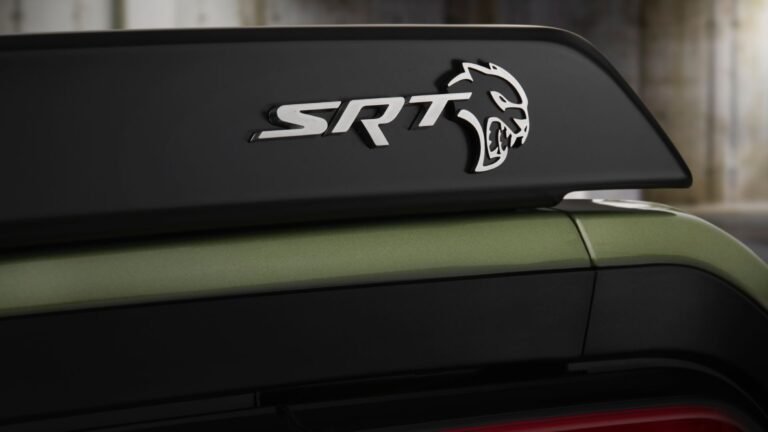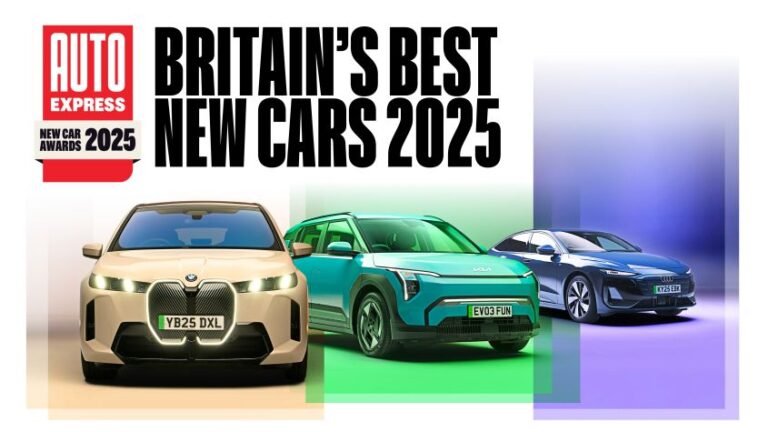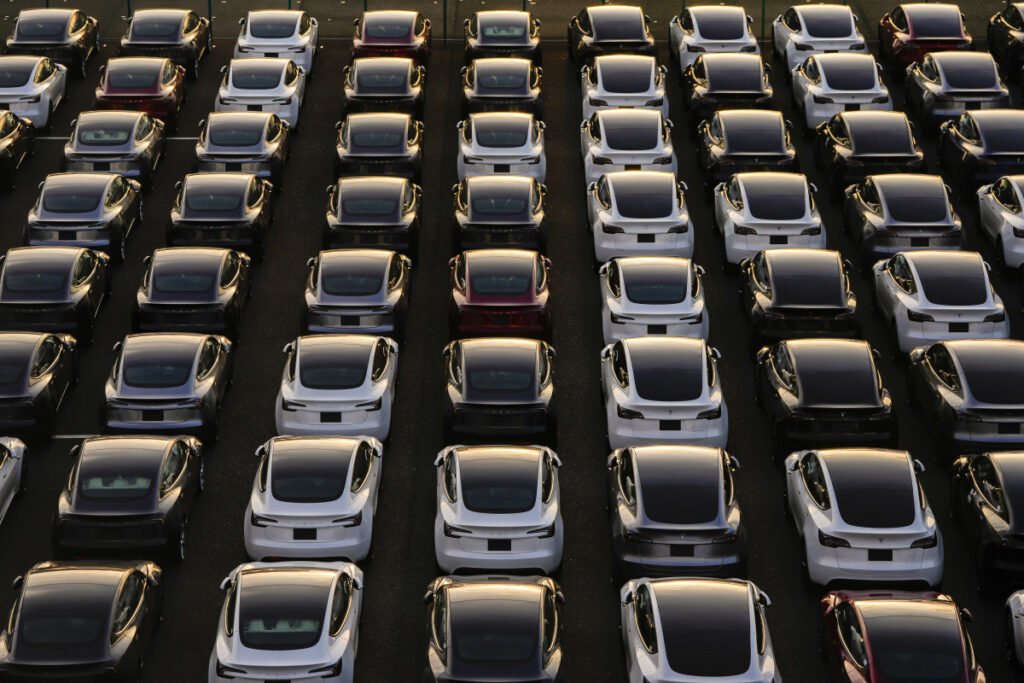
Tesla outperforms analysts’ worst Q2 predictions, but sees steep year-over-year decline
Tesla has reported that it delivered 384,122 vehicles during Q2, 2025, a 59,834-unit year-over-year decline. However, the company’s stock jumped over 4% by afternoon, likely due to the slightly better-than-expected results. As previously reported, reputable analysts like Troy Teslike anticipated that Tesla would report 355,000 Q2 deliveries. FactSet provided one of the most accurate sales predictions at 387,000 units.
Tesla produced over 410,000 vehicles during Q2, 396,835 of which were its Model Y and Model 3, with the remaining 13,409 units representing “other models.” The automaker delivered 373,728 Model Ys and Model 3s, as well as 10,394 other models. In Q2 2024, Tesla produced 386,576 Model Ys and Model 3s and 24,255 other models, with 422,405 deliveries in the former category and 21,551 in the latter—implying the company drew from existing Model Y and Model 3 inventory.
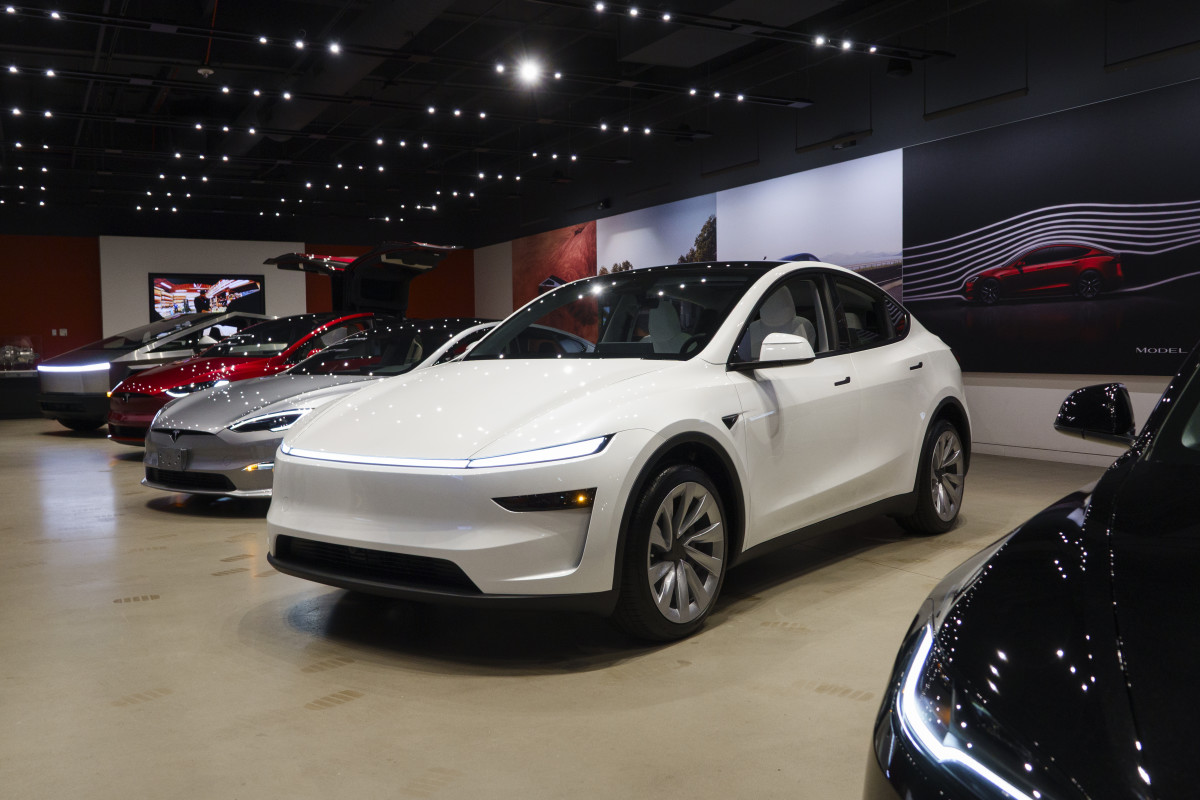
Tesla faces challenges with its Cybertruck and clean air credit sales
According to Electrek, international data indicates Model S and Model X sales were around 5,000 units during Q2, meaning that Tesla only delivered about 5,000 Cybertrucks. In 2023, Elon Musk outlined his expectations for Cybertruck sales: “I’d say a quarter million a year is a reasonable guess, and it might be 500,000, I don’t know. We’ll make as many as people want and can afford,” InsideEVs reports. For comparison, Ford sold 5,842 units of its F-150 Lightning electric pickup in Q2. While these F-150 Lightning sales were 26% fewer than in Q2 2024, it shows the model is giving the Cybertruck plenty of competition. While Tesla won’t be releasing its Q2 2025 financial results until after market close on Wednesday, July 23, whether the automaker can remain profitable this year remains in question.
Tesla’s Q1 finances received a $595 million boost from selling clean air credits to rivals whose vehicles exceeded pollution limits. The company earned almost $2.8 billion last year by selling these regulatory credits to other automakers, many of which are in California. Competitors who don’t manufacture enough zero-emission vehicles face steep fines if they don’t purchase regulatory credits from Tesla, but the Senate is working toward lowering these requirements, which would place increased financial pressure on Musk’s company. Many expected Tesla to share news that it began producing a more affordable model at the end of June before it released its Q2 delivery numbers, but no such announcement arrived. Tesla’s Chief Financial Officer, Vaibhav Taneja, said during the automaker’s Q1 investors call: “We’re still focused on bringing cheaper models to market soon. The start of production is still planned for June.”
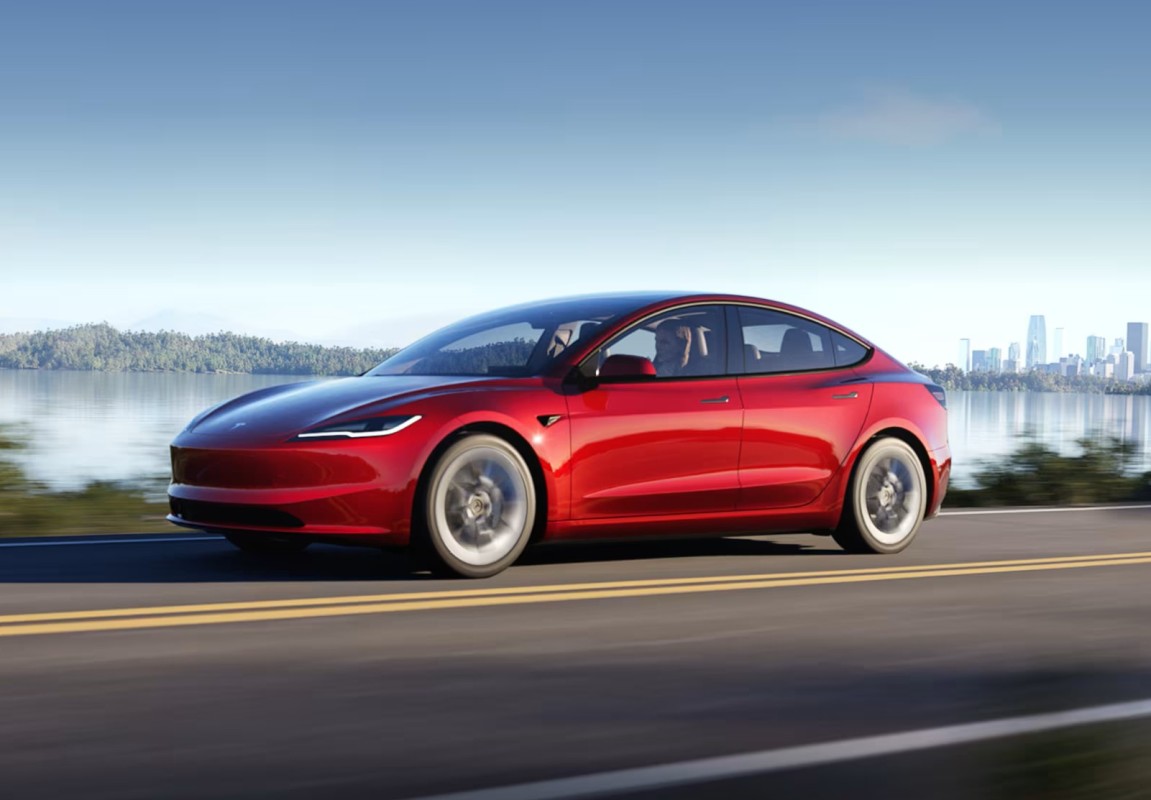
Tesla
Final thoughts
While delivery numbers are key right now for Tesla, Musk has expressed a desire to invest more heavily in robotics and autonomous technology for the company’s rideshare service, its upcoming Cybercab that will operate within its rideshare fleet, and passenger vehicles. In other words, delivery numbers may become less pertinent to Tesla’s standing in the coming years as it branches further into robotics and self-driving.
